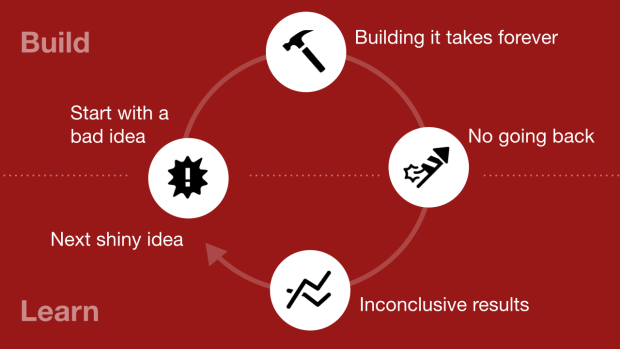Discover how to start your own startup and build great products in this How to Start a Startup lecture by Bala Kamallakharan, an investor, entrepreneur, speaker, and Startup Coach from Iceland.
This article was originally posted on Startup Iceland.
In today’s How to Start a Startup lecture, we will be talking about Building Great Products. There are several methodologies on building a business model, but very few approaches to building great products. Building great products is a similar premise as building great companies, you never know at the start if you are building something great or not. It is evolutionary and it takes multiple iterations to get it right. The lean startup and other methods force you to launch the product, interact with the user, gather data, learn and then iterate. Unfortunately this process is rather laborious and is riddled with challenges. While I was searching for a better approach to discuss during our class today I bumped into the article by Google Ventures Design team – The GV research sprint: a 4-day process for answering important startup questions. I have written before that I am big fan of the Design Sprints approach. We will be discussing Design Sprints in the class today, but I wanted to share some excerpts from the above GV research sprint article, go read the article it is not long.
Most startups know that they don’t have all the answers, so they rush to launch things and see how they perform in the real world. This is a very high-fidelity way to answer questions, but it’s hard and slow.
Yes, this is very true.
You may start with a bad idea (obviously you don’t know it’s bad yet). Building it takes longer than expected — it’s tough to fix all the bugs, make sure it works in production, and get the details right. It’s difficult to “un-launch” a feature, especially once you have people using it. Real-world results are rarely as clear as you hope. And there’s always the temptation to move on to the next shiny object instead of diligently iterating on the original idea.
If you start with a bad idea, then you kind of go down this rabbit hole that makes it hard to get out of. The above GV research sprint approach is very clever and the beauty of this approach is that it takes only 40 hours to validate important questions every startup has to answer. What important questions? I thought you would never ask:
- What problems, needs, and motivations do people have?
- How do people evaluate and adopt products?
- Do people understand your product’s value proposition?
- Which messages are most effective at explaining your product?
- Can people figure out how to use your product?
- Why do people stop using your product?
- Why don’t people adopt new features when you launch them?
Obviously there are a many more questions that need validation. This article is not meant to be exhaustive but to get us started in the right direction in the path to building great products. I am looking forward to the class today to see the discussions. We also have a guest lecture today by Stefan Baxter, the Founder and CTO of Activity Stream, one of the startups that went through Startup Reykjavik Accelerator and has been making great progress towards building a compelling product. I am looking forward to hearing his talk as well.
 Nordic Startup News Early Stage Startup News From The Nordics
Nordic Startup News Early Stage Startup News From The Nordics


